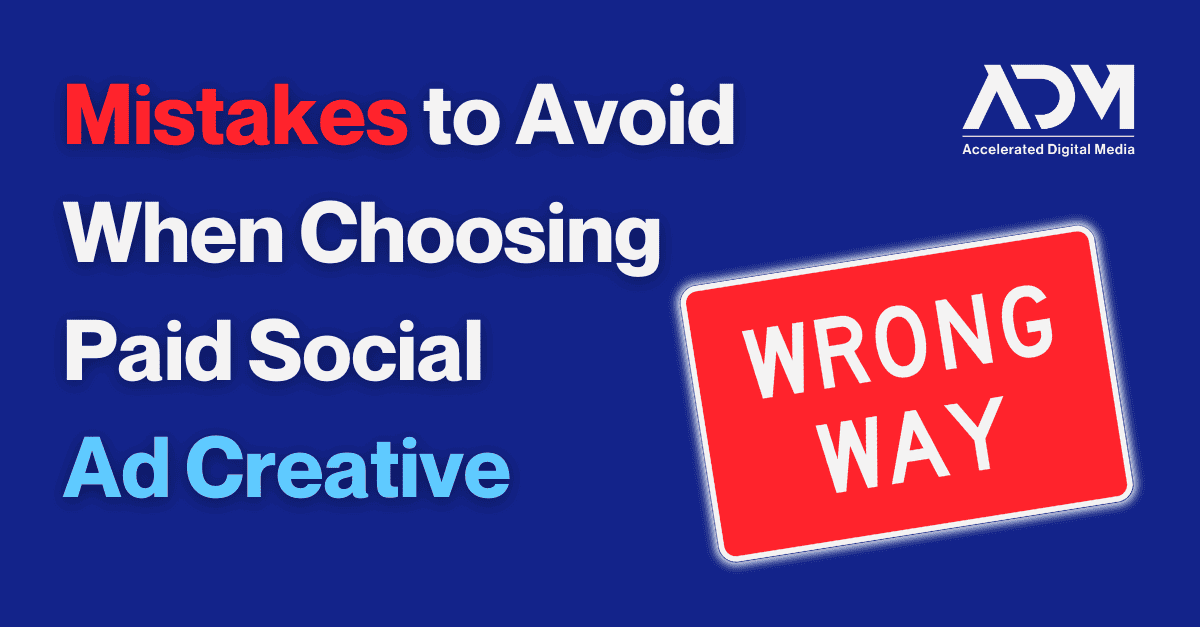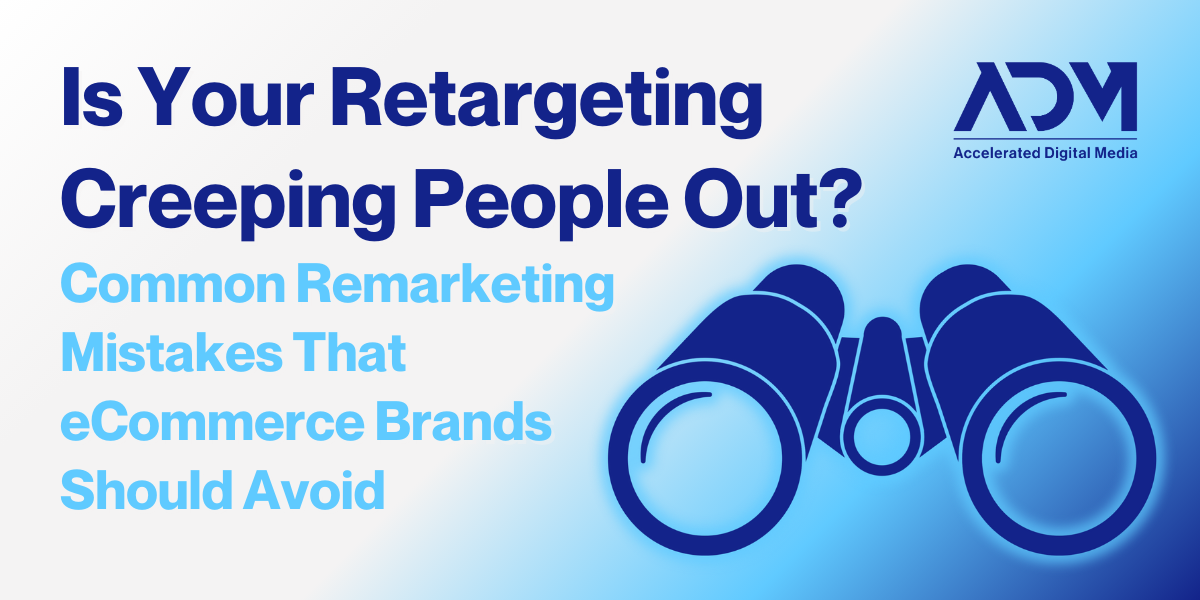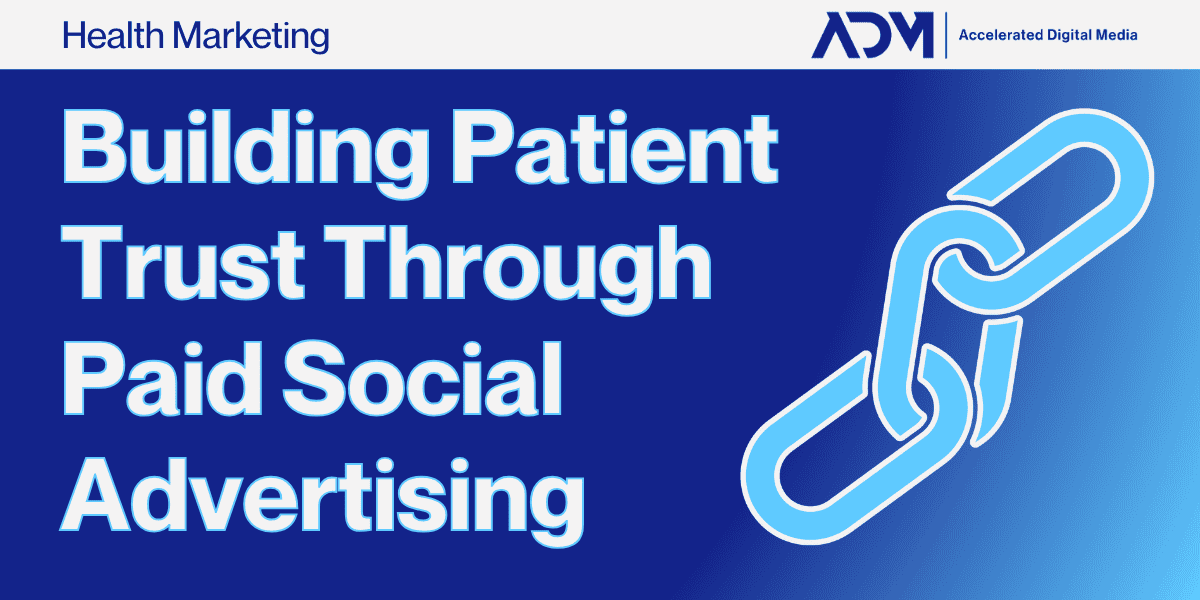Paid social advertising is a nuanced art. There are countless account and budget management considerations to contend with, but there are also a number of pitfalls that brands need to avoid in their paid social ad creative if they want successful campaigns. With this blog, we’ll lay out 7 big social media mistakes you need to steer clear of in your creative ideation, deployment, and optimization.
1. Utilizing Low-Quality (but Not Lo-fi) Creative
One of the more obvious mistakes you can make in paid social marketing is using low-quality visuals in ad creative. Customers want to see the products they’re considering in the best possible light—literally and figuratively. Low-quality visuals, like poorly lit or blurry images, can make your product look unappealing and unprofessional, leading potential customers to scroll past without giving your ad a second thought.
However, it’s important to note that low-quality doesn’t necessarily mean lo-fi. You can capture a highly effective image with an iPhone or another smartphone as long as it’s well-lit, clear, and attractively highlights your product. User-generated content (UGC) is ubiquitous on social media, so a casual shot of a product being used in a real-life setting or a behind-the-scenes video showing how a product is made can work well when done intentionally and with care.
The key difference is that while UGC can feel authentic and relatable, low-quality visuals come across as careless and harm your brand’s credibility. So, even if you’re going for a more casual or “real” look, make sure the visual quality still reflects your product in the best light possible.
2. Ignoring Mobile Optimization
In digital marketing, mobile is the primary medium—and that’s especially true for how people access social media. More than 80% of social browsing is done on mobile devices, meaning the overwhelming majority of your social ads will be seen on a smartphone.
Designing mobile-first paid social creative means prioritizing mobile-minded formats—like portrait-style videos for TikTok ads or Instagram Reels—or at least having mobile size variations of image and video ads available in your campaigns. Within those formats, it’s also important to design creative that addresses the short attention spans and screen size limitations that come with mobile viewing.
Brands that fail to put mobile at the forefront of their paid social marketing risk losing out on a significant slice of their target audience—no matter their industry. Mobile is especially important for eCommerce brands, like apparel companies, because it provides interactive content (like shoppable ads) that increase engagement and convenience.
3. Failing to Be Consistent in Your Branding
Consistent branding is essential for building recognition and trust with your audience. When your ads don’t have a cohesive look and feel, it confuses potential customers and weakens the impact of your brand message.
That can apply to both aesthetics and language. If the colors, fonts, or tone of the ads vary too much, users may not immediately recognize that the ads are from the same brand. Likewise, it’s good to highlight different selling points to different audiences or across different stages of the sales funnel, but you should avoid speaking to users in wildly different voices across those different messages.
Inconsistency can dilute brand identity and make it harder for your audience to form a connection with your brand. To avoid this, make sure that all your ad creatives follow a unified style guide and social-specific style guide that reflects your brand’s personality and values, helping to reinforce brand recognition every time someone sees your ad.
4. Targeting Too Narrowly with Creative That is Too Broad
Many brands are way too narrow in their targeting, and they end up missing out on a bunch of potential customers. Brands sometimes target just one interest per audience or create overly segmented audience groups, thinking this specificity will lead to better results. But so much of social media marketing success today is contingent on algorithm-driven campaigns that need to deliver ads to gather data so they can learn and optimize. By spreading your efforts too thin, you deprive your account that ability—and often end up stuck with higher costs and fewer conversions.
At ADM, we’ve found that pairing a broader approach to targeting tends to work better. But here’s the catch: when you go broad with your targeting, your creative needs to be highly relevant and specific to different customer segments. Each ad should be crafted to speak directly to a particular type of customer—whether it’s emphasizing affordability for budget-conscious shoppers or showcasing premium quality for those looking for luxury.
A broader audience paired with highly-targeted creative gives the algorithms room to work their magic and find the users who are most likely to convert. Ads can still connect strongly with the right customers, even when targeting is broad. This approach allows the broad targeting strategy to work efficiently while still driving meaningful engagement and conversions. You really need to find a balance—go broad with your targeting, but make sure your creative is super-targeted and relevant to the people you’re trying to reach. This way, you’re getting the best of both worlds: a wide reach and messaging that resonates.
5. Not Testing Creative Before Full Launch
One major mistake brands often make is not testing their creative before launching it in a scaling campaign. Skipping this step can be a significant hindrance because it leaves you guessing whether the creative will resonate with your audience. If it doesn’t, you risk burning through your budget quickly without seeing the desired results.
When introducing untested creative into a high-budget campaign, you introduce the risk of volatility to performance. Because social platform’s algorithms need time and impressions to determine how to optimize the ad delivery, untested creative will spend longer in the learning phase. That can lead to higher costs and make it harder to achieve stable, high-performing campaigns. Testing your creative first helps avoid these pitfalls and ensures that your ad spend is optimized for success from the start.
In addition to big campaign-wide creative overhauls, there are countless small creative attributes that can be tested against one another. Things like post copy, text-on-image vs. no text-on-image, or even different colored backgrounds in product photography are all aspects that should be tested in a brand’s creative. It is a good practice to always be testing and graduating creative “winners” to your scaling campaigns—and then creating variations on those winners to test further. Extensive testing is the best way to determine exactly what will resonate with potential customers.
6. Having Inadequate or Unclear CTAs
Your Call to Action (CTA) should be the final push that encourages a user to take action—whether that’s a final purchase or even something as simple as visiting your site to learn more. If your CTA is vague, overly-complicated, or buried within the ad, it’s less likely to drive the desired action.
For instance, using generic phrases like “Learn More” or “Click Here” without context doesn’t provide enough motivation or direction. A strong CTA should be clear, direct, and aligned with the goal of the ad—whether that’s urging someone to “Shop Now,” “Get 20% Off Today,” or “Discover Your Perfect Fit.” The more compelling and relevant your CTA, the more likely it is that users will follow through, leading to better overall ad performance.
7. Being Reluctant to Experiment
One of the biggest mistakes you can make in paid social marketing is to refuse to test new, out-of-the-box creative ideas. To drive different results, sometimes you need to do something different. Brands that are open to experimenting with fresh creative concepts, new approaches, or even strategies they haven’t tried before tend to discover untapped potential and achieve breakthrough performance.
Brands always need to embrace testing and innovation—because it’s through bold moves and a willingness to explore new possibilities that brands can truly stand out in the market.
At ADM, we focus on building a foundation first—using data to test, learn, and adapt. We aspire to forge collaborative partnerships that facilitate a strategic, data-driven approach that delivers results over the long term. When there’s a unified vision and trust in the agency to execute, campaigns are more consistent and have a stronger impact.




